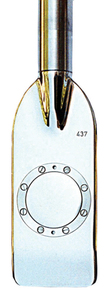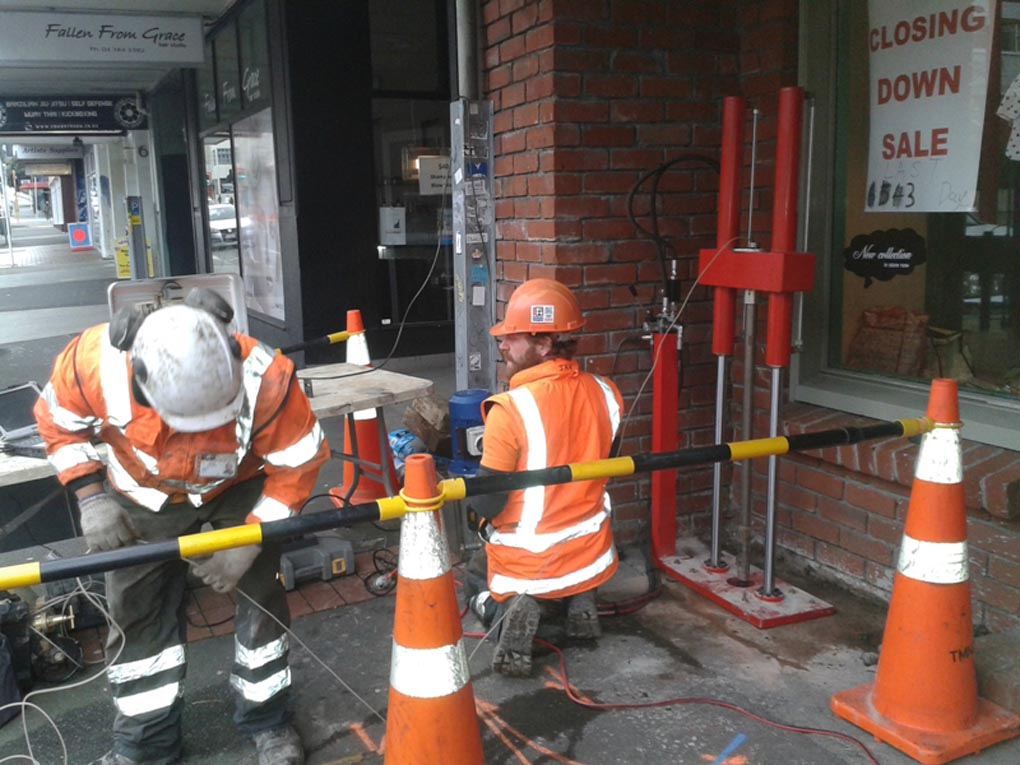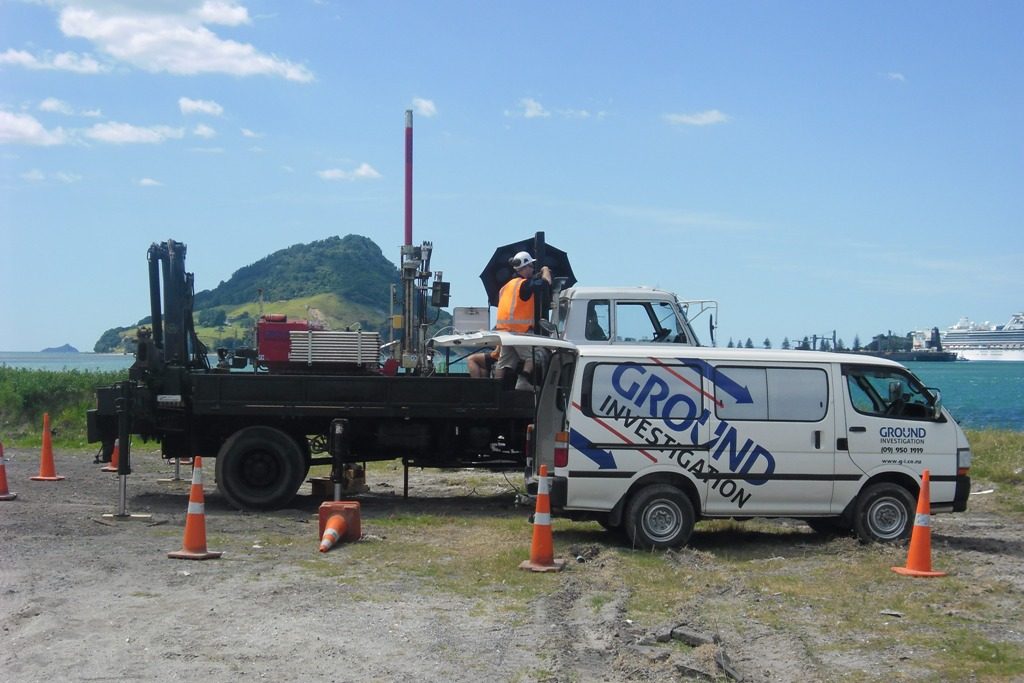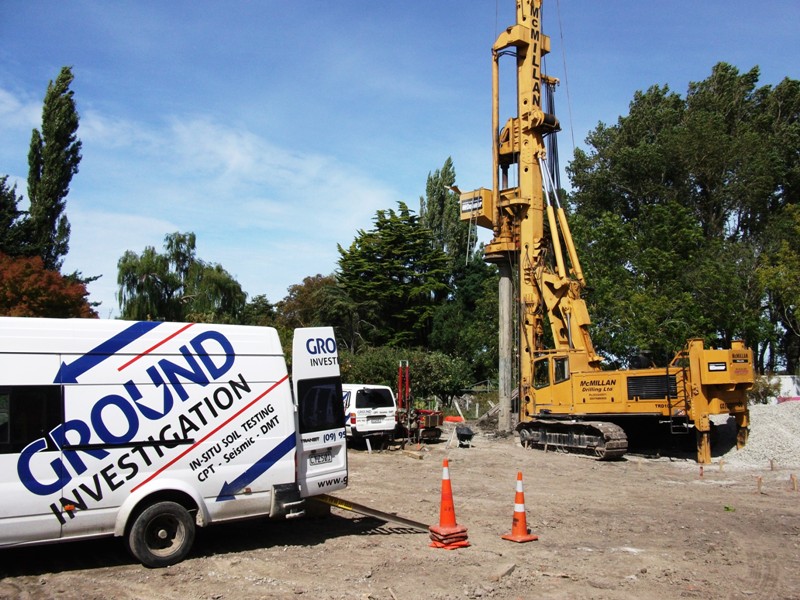The dilatometer test (DMT), sometimes referred to as the flat dilatometer test, is carried out by pushing a flat plate with a membrane into the ground using a CPT rig. At set depths, the push is stopped, and the membrane inflated against the soil using gas pressure. The resulting measured pressures provide information about the soil’s geotechnical properties. A downhole seismic module can be attached to the DMT blade to undertake seismic dilatometer testing (SDMT).
As the test measures pressures over a known displacement, modulus values are obtained directly. These are correlated to values of Young’s Modulus, E and constrained modulus, M. The test is therefore ideal for settlement and deformation problems. The test is performed in the horizontal direction and so is also excellent for determining at rest horizontal stress ratio, Ko, and for lateral loading problems.
Ground Investigation Ltd introduced this equipment to New Zealand in 2009 and was the first contractor in New Zealand to provide this test. As such, we have over ten years’ experience with this equipment having done thousands of individual DMT tests throughout New Zealand.
We undertake the DMT work in accordance with the international standard, ASTM D6635-01.




